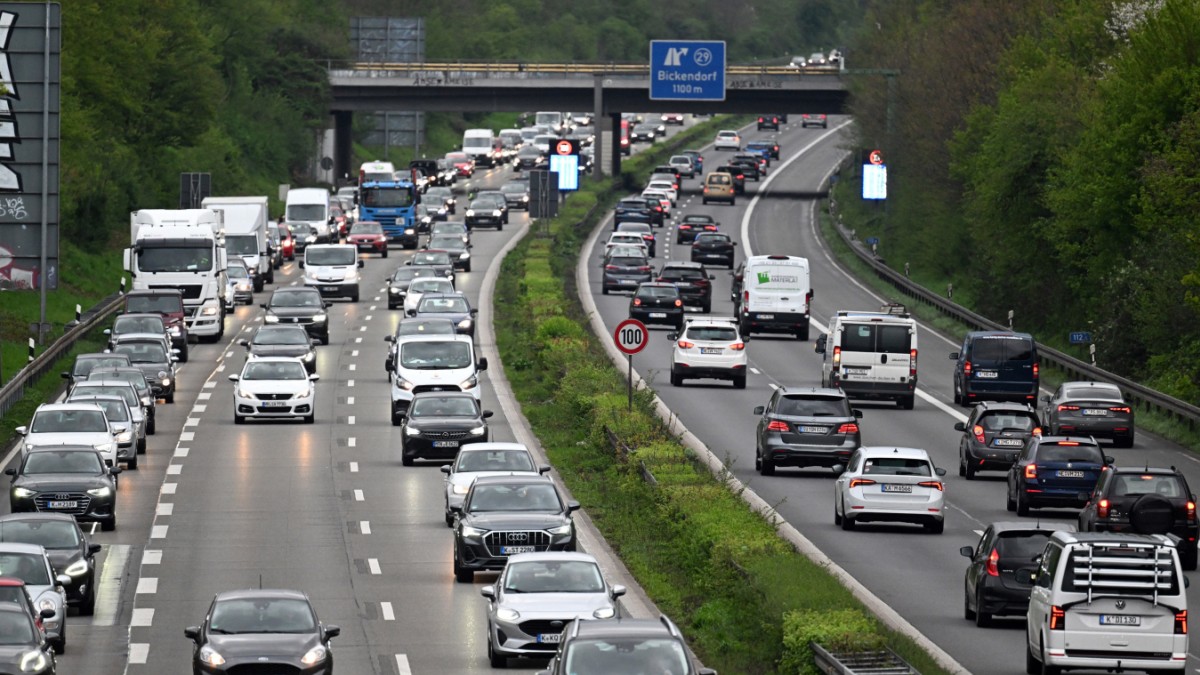The expert council for climate issues still fails to give the Confederation good marks. Although climate protection measures go in the right direction, they are still not enough, the independent body announced in Berlin on Tuesday. “In the case of a number of measures, we are critical of the likelihood of implementation and the deviation between reality and the assumptions of the federal government in the documents,” said Hans-Martin Henning, chairman of the expert council. “The expected overall reduction is therefore probably overstated.”
Economy Minister Robert Habeck (Greens) recently underlined that the climate protection program agreed by the traffic light government would reduce the medium-term gap in targeted CO2 reductions by around 80%. By 2030, however, another 200 million tonnes of climate-damaging greenhouse gases should be saved. Henning said the government has set high standards with its 130 measures, but not enough. Furthermore, it is unclear how to close the remaining gap. There is also a lot of blur. The gap is likely to be larger than indicated by the government even if the planned measures are fully implemented.
The expert group stressed that there could be significant greenhouse gas savings, particularly in the energy and industrial sectors. However, problems remain in the construction sector and above all in traffic. A total of 35 million tonnes of CO2 will remain in the construction sector by 2030, which will need to be saved to meet climate goals. In the transport sector it will be between 117 and 191 million tons by 2030.
The five scientists on the committee criticized the lack of a coherent and consistent overall concept. “We see the need for action by the federal government both in terms of improving the evidence base for climate policy, closing the remaining goal gap and developing a general concept,” said Vice President Brigitte Knopf. Climate-damaging subsidies should also be reduced. Germany must reduce its CO2 emissions by 65% by 2030 compared to 1990, the current figure is a good 40%. In return, only 440 million tonnes of climate-damaging greenhouse gases could be emitted in 2030. In 2022, 746 million tons were released.




